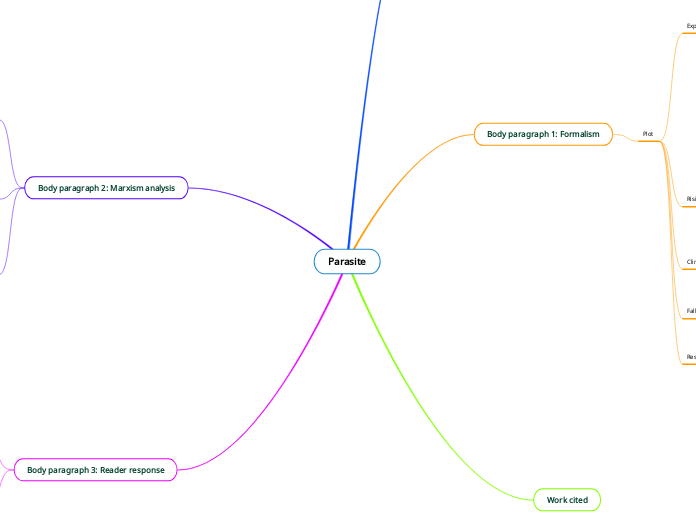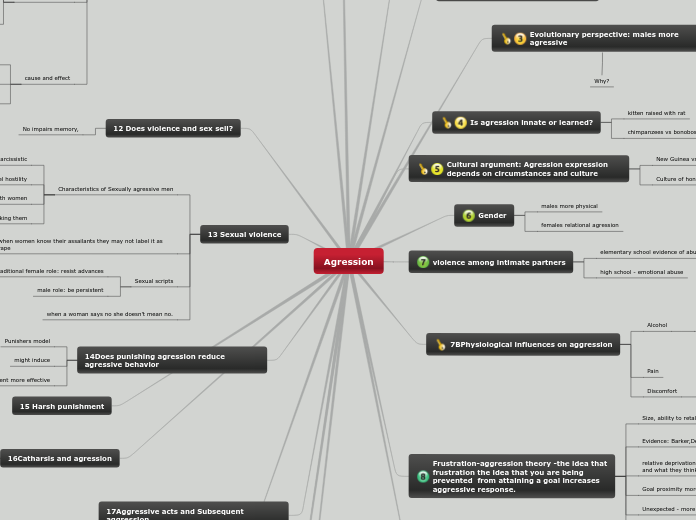Section A, Question 1:
Sections of Society Singled out for Harsher Punishment
The question covers Question 1 in Section A of the exam. Specifically, the identification of bias within the process of crime and punishment and how particular sections of society are singled out for harsher punishment. Therefore, the mind map helps to-
Explains the links between bias practices, attitudes and processes and the application of punishment.
Describe the injustices which relate to certain characteristics of the offender such as class, race, ethnicity, gender, and age.
Identify an example of such bias practice of unfair treatment through evidence of harsher punishment.
SUPPORT
Provide evidence of the biased practice/injustice
Suggested evidence:
Sentencing Trends/Statistics
Sentencing Data
Study results
Penal Opinion
Academic Quotes
Journal Articles
IDENTIFY
Provide an example of bias practice/harsher punishment/injustice
Suggested Examples:
Class- Penal system subjects are overwhelmingly working class and unskilled, unemployed people are particularly over-represented in the penal population.
Race- The disproportionate use of 'Stop and Search' leads to biased policing practices.
Gender- men are over-represented in the offender/inmate population is comparison to their presence in the general population.
Age- Young people were blamed for the 2011 August riots yet sentencing data has revealed that over 70% of those sentenced as a result of offences relating to the riots, were over the age of 30.
Explain the related characteristics of your example in terms of biased practice, harsher punishment/injustice.
In terms of differential impact, disparities in sentencing practice and the apparently equal application of punishment have been a central concern to penal philosophers.
It can be evidenced that fundamental biases within the criminal justice system exist on a number of levels. such disparities in practice operate in a more or less arbitrary manner.
Such biases and injustices are related to certain characteristics of the offender such as Class, Race, Ethnicity, Age, Gender.
Main topic
DESCRIPTION
Equality and Fairness
Certain groups within society are particularly selected out for harsher punishment despite that fact that one of the key principles of justice is that cases are treated like for like.
Moreover, policies which intend to be neutral can have a differential impact on particular individuals or groups of individuals.
Function of Punishment
Within England and Wales, there is a clear distinction between laws that regulate and laws which punish behaviour.
The question of why certain acts are punished and others are not; and why particular behaviours are punished punitively and others leniently is one of the most contested aspects of sentencing policy.
Definition of Punishment
Academics would suggest that punishment rests on moral reasoning, the expression all of moral condemnation in response to rule infringements.
Fienberg (1994) refers to censure or condemnation as the defining feature of punishment.
INTRODUCTION
REASONING
What reason can be outlined as to why this evidence will be presented?
CONTENT
What will be considered in the achievement of the objective. For example, what evidence will be presented, what issues will be identified, and which studies/theories will be presented?
CONTEXT
In what context does the question relate?
OBJECTIVE
How will the aim of the question be achieved?
AIM
What is the question requiring?









